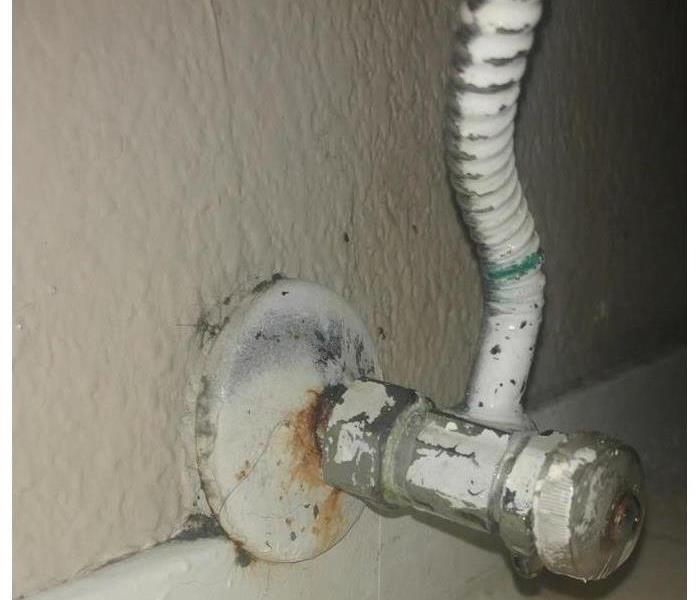When To Replace Your Toilet Supply Line
11/12/2022 (Permalink)
When to Replace the Supply Line for the Toilet
It's not glamorous, but the toilet supply line is an essential piece of plumbing. It delivers all the water you need to flush your toilet and do your business. So, if you notice any of these signs, it's time to replace your toilet supply line.
When you hear a constant hissing or dripping sound
If you hear a constant hissing or dripping sound, it's probably time to replace the supply line. The hissing sound is caused by a faulty flapper that may be allowing water to always enter the bowl. This will eventually lead to the toilet tank being filled with water and overflowing into your bathroom.
The dripping sound can mean there is a leak somewhere in your supply line. If this happens regularly, it could be due to worn out O-rings and seals on your toilet valve or other internal parts of your plumbing system that need replacing as well as new pipes.
When the line is over 5 years old
Generally of thumb, plastic and rubber supply lines should be replaced when they have reached five years of age. This is because older supply lines are more likely to start leaking due to fractures in the material or simply wear-and-tear. If you are not sure how old your toilet supply line is or want a second opinion, consider contacting an HVAC professional for an inspection.
When it is damaged by freezing temperatures (or other factors). While steel braided supply lines offer lifetime warranties if properly installed, some homeowners are still concerned with replacing their existing plumbing systems before they experience any leaks or problems that could lead them down this path anyway. If this sounds like you, consider having our team perform routine inspections throughout winter months so that we can ensure that all systems remain functional without causing damage during freezing temperatures!
When you notice a leak in the tank supply line
If you see water being wasted, check the supply line for a leak. The supply line is the part that connects to the water tank and then extends out of your toilet's base (usually under the toilet). It can be made of plastic or steel braided material. If it's defective, you'll need to replace it with a new one if it's not too expensive and isn't damaged beyond repair.
If your tank is leaking despite not being full
There could be several causes, the first thing to check is whether the seal around the toilet bowl has become cracked or damaged and is letting water leak out of the base. If this is the case, replacing it will solve your problem.
Next, check for leaks from between the tank and bowl (the connection point where both connect). If you find that this part isn't secure enough, tighten it by turning on your faucet so that some water flows into both sides of your toilet at once—this should cause any loose parts to tighten up again. If tightening doesn't help, try replacing those parts with new ones; they're usually only available online or at hardware stores.
The supply line is cracked or damaged
If you notice that your toilet supply line is cracked or damaged, it should be replaced. The supply line is the part of your toilet that connects to the water shut-off valve and the tank. It’s important to keep an eye on this section of your bathroom because it can be damaged by many things, including:
- Tree roots growing through underground pipes
- Cracked or broken floor tiles
- Collapsing sinks due to plumbing problems
Know when to replace your toilet supply line to prevent problems and expensive repairs.
Know the signs of a damaged supply line: Look for cracks and leaks around the valves where they connect to the toilet.
Test for leaks in your toilet system: You can test for leaks using an inexpensive dye tablet that will turn blue if there is water flowing through it. The tablet should be placed in any part of your system that connects directly to fresh water—so if you're uncertain whether something is leaking, this is an easy way to find out!
Replace damaged components before they cause damage: It's easier than ever before with good quality materials available at hardware stores. Just remember not to remove anything unless necessary because there may be hidden parts behind what looks like one component (such as inside the tank itself)!
A toilet supply line is an important part of your toilet but it’s also one that can often be overlooked. The good news is that if you know what signs to look out for, you can catch problems before they become expensive repairs.

 24/7 Emergency Service
24/7 Emergency Service
